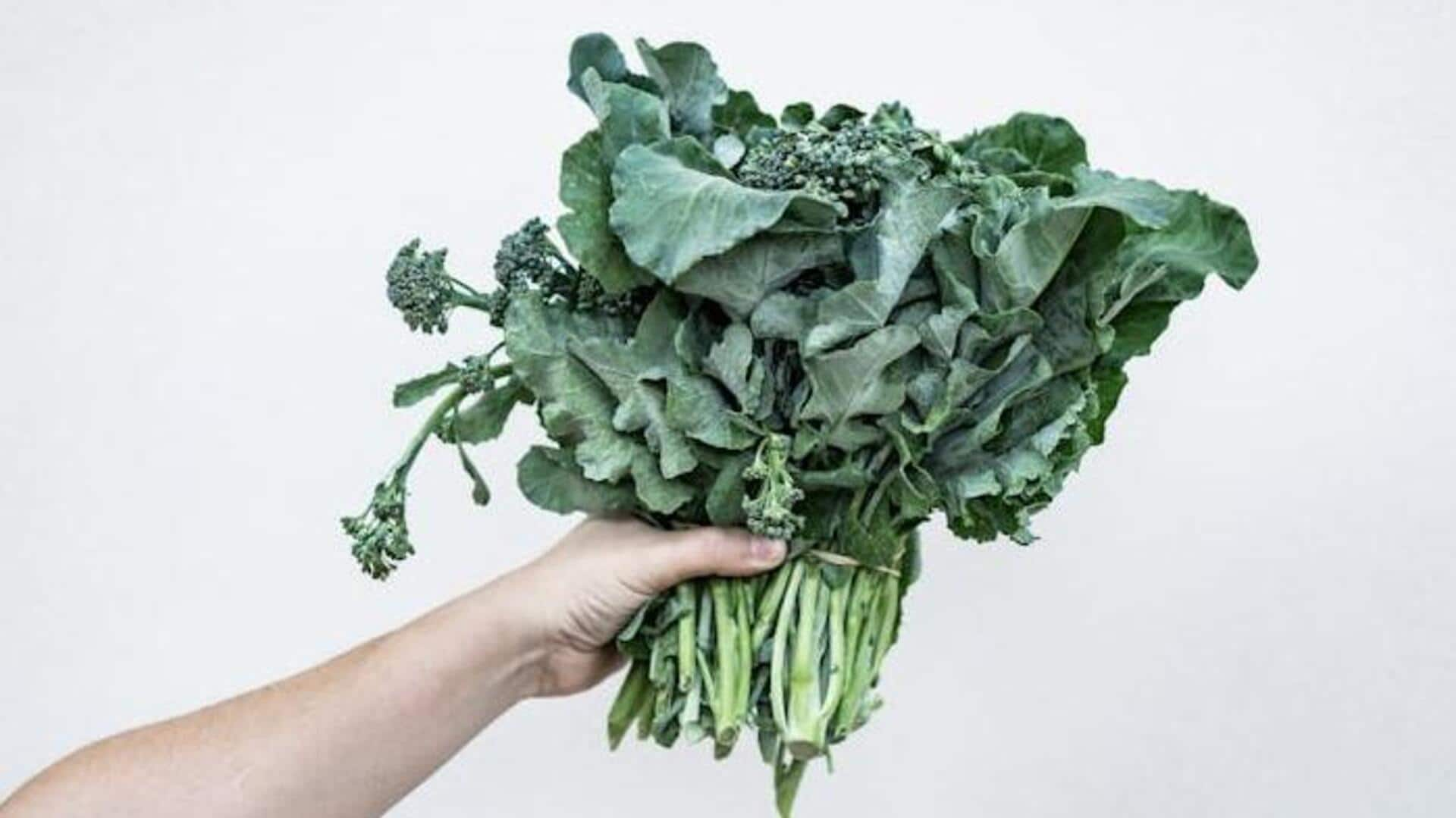
The ultimate guide to growing kale
What's the story
Growing kale in pots is the easiest way to have fresh greens all year round.
This resilient, nutritious leafy vegetable is perfect for container gardening.
It is ideal for anyone short on space or wanting a continuous supply of kale.
Follow these tips to ensure successful growth of kale in containers and get a plentiful harvest no matter the season.
Container selection
Choosing the right pot
Choosing the right pot is essential for healthy kale.
Choose pots that are at least 12 inches deep and wide enough for several plants, if you want.
Make sure the pot has drainage holes to avoid waterlogging, which can damage the roots.
Using lightweight material, such as plastic or fabric pots, can also make it easier to move around if necessary.
Soil mix
Soil preparation
A well-draining soil mix is essential for growing kale in pots.
Use a mix of good quality potting soil and add compost or organic matter to increase nutrient content.
The soil should be able to retain moisture without getting soggy, creating a perfect environment for roots to grow.
Keep a check on the moisture level and water accordingly.
Planting method
Planting kale seeds or seedlings
You can either start with seeds or seedlings when planting kale in pots.
If using seeds, sow them about half an inch deep and cover lightly with soil.
For seedlings, transplant them carefully into the prepared potting mix, ensuring they are spaced adequately apart to allow growth.
Water gently after planting to settle the soil around roots.
Care Essentials
Providing adequate light and water
Kale needs plenty of sunlight and regular watering to thrive.
Position your pots where they get at least six hours of direct sunlight each day; add grow lights if needed during shorter days.
Stick to regular watering schedules, but avoid overwatering by ensuring that excess water drains freely from the bottom of each container.
Pest control
Managing pests naturally
To keep pests at bay while growing kale organically indoors or outdoors on balconies/patios, regularly inspect leaves and stems closely.
Remove any visible insects manually.
Introduce beneficial insects like ladybugs as natural predators against aphids and caterpillars.
Use neem oil sprays sparingly, only when needed.
Due diligence in monitoring pest populations effectively over time ensures healthier plants overall without resorting to chemical interventions unnecessarily frequently.